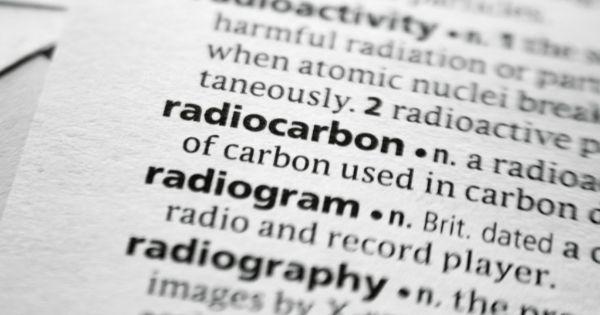
Nothing is more critical to science than the endeavor of research. For biomedical research purposes, we turn to the application of radioactive isotopes. Each isotope has unique properties—characteristics that provide value to a wide array of industry-related applications. Carbon-14 is the radioisotope of the sixth element on the periodic table, and the carbon variant stands proudly on its own as a radioactive marker.
The radioactivity produced by carbon-14 carries a significant advantage for medical diagnostics and treatment. However, this isotope is not readily available in sufficient quantities and must be produced for its intended use. Let’s examine closer the interesting process to create carbon-14. Here’s what to know about this isotope’s past, present, and future.
The Concept of Radiocarbon
The existence of radiocarbon was once a mere theory. No radiation-detecting instrument was sensitive enough to identify the isotope in the natural world. As a by-product of cosmic ray collisions in the upper atmosphere, carbon-14 only exists at low levels in our environment. Ergo, scientists deemed the form a low research priority at the time.
But that all changed in 1940. Chemists Martin Kamen and Sam Ruben artificially created the isotope by irradiating the pure carbon atoms making up graphite. Thanks to this initial discovery, the development of this radioisotope's creation has come a long way. Carbon-14 has become the most vital to life on Earth due to its long half-life.
Isotope Production: Chemical Separation and Synthesis
Radiocarbon is essential to life today. Yet, a core challenge remains. Pure carbon—in solid form—contains three isotopes: carbon-14, carbon-13, and carbon-14. From a chemical perspective, no substantive behavioral difference exists between them. The same cannot be said from a nuclear point of view because of their diverse atomic weight.
Carbon-12 and carbon-13 are stable isotopes, while carbon-14 is radioactive. As follows, the interesting process to create carbon-14 often requires artificial manufacturing. To create carbon-14 alone, scientists must use chemical separation or synthesis to initiate a reaction. Quantities of carbon-14 can be formed in reactors or accelerators by targeting pure forms with charged subatomic particles. These efficient approaches generate or extract carbon-14 for scientific and medical applications.
Radiochemical Carbon-14 Manufacturing: APIs
Carbon-14 is the key to life-changing research projects in the present and future, and expert scientists, institutions, and manufacturers are integral to the process. Thanks to technological developments and industry progressions, creating quality-controlled carbon-14 products is possible in modern laboratories.
Moravek offers cGMP carbon-14 labeled API manufacturing services for clinical trials and worldwide medical research.Contact our experienced team to learn more about our custom radiolabeling solutions and state-of-the-art facilities.
